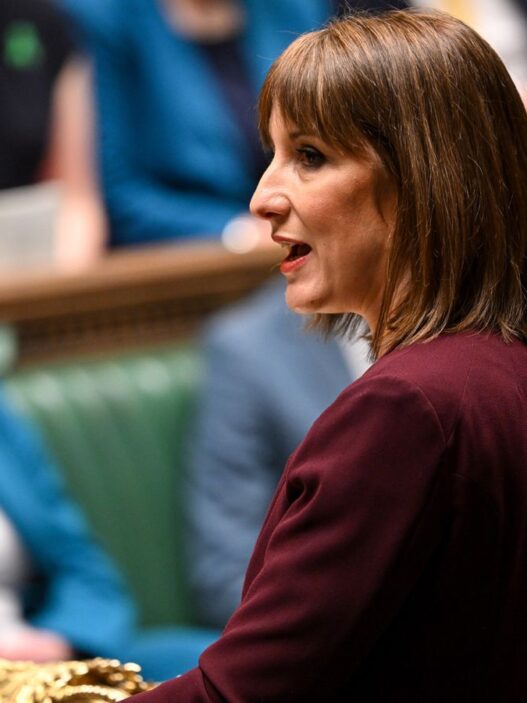Here’s how the bank manager put it: Pay a one-time upfront premium that will insure the loan for the entire tenure. If you feel the amount is large, don’t worry. We will pay the insurance premium, and the balance will be added as an additional loan. Borrowers are also given the option of a periodic premium, but if they fail to pay it on time, there is a risk that the policy can lapse.
To sweeten the deal, the bank offered a discount of 5 basis points on the home loan interest rate if the customer opted for the insurance. But experts warn borrowers not to fall for this pitch.
Vinay Uppin, co-founder of EMIsaver.com, says banks have an incentive to push for such loan covers under bancassurance, where banks charge additional fees for cross-selling products. Such policies are more expensive and less flexible than simple term life insurance.
Also Read: How you can get a loan against an insurance policy
The better option
Uppin said that borrowers should simply assign their term plan to the lender. Under Section 39 of the Insurance Act 1938, one can assign a policy to the lender, saying that if anything happens to the borrower, the bank (to whom it was assigned) will first get the insurance payout to cover the loan dues, and then the remaining amount will be given to the family. A pure term involves paying a regular premium in exchange for a lump sum amount in the event of the holder’s death.
Let’s say Raju takes a 20-year home loan of ₹1 crore at 8% interest rate. The one-time insurance premium from the bancassurance partner for the level cover plan (that banks sell) would be ₹2.54 lakhs, including GST. If he paid this with EMIs, interest would also be applied. Over 20 years, this would become ₹5.10 lakh, if taken as a loan.
On the other hand, if he buys a pure term life policy for the same cover, the same bancassurance partner will charge ₹15,033 per year (subject to assumptions). Over 20 years, that would translate to a little over ₹3 lakh, including GST. Although this amount looks higher optically than a one-time premium, this is spread across 20 years and would result in greater savings as the payments are spread over 20 years.
A level cover loan keeps the loan amount as the sum assured for the entire tenure, whereas a reducing loan cover decreases the sum outstanding as one continues to pay off the principal.
Loan insurance that banks offer operates as a group policy with the master policyholder being the lender, and individual policyholders treated as members. As a group policy, the individual’s health conditions are not checked, as opposed to taking an individual term plan.
“The group in aggregate might have health risks, so there is an inbuilt premium on it, which makes it slightly expensive, but unlike a term plan, such group policies do not ask for individual health records,” said Maneesh Mishra, chief product and marketing officer, Bandhan Life.
If the borrower has an existing term policy, they can use that and assign it to the lender, or they can buy a fresh policy and assign it. Uppin added, “People can also buy a new policy if they want to increase the coverage.”
Also Read: Who gets the insurance payout—nominee or legal heirs?
Already bought loan insurance
If one has already taken such insurance from the bank, they can surrender it and get some amount back. The exact surrender amount would depend on each insurer’s formula. For context, if Raju surrenders the above group policy after five years (61st month), he would get back ₹1.12 lakh.
“I would still ask the person to surrender the policy anyway and take a new term plan or enhance the existing term plan and assign it to the bank,” said Uppin.
Transferring the home loan
Balance transfer involves transferring the loan amount from one lender to another. This can happen because the new lender might offer better rates. If the borrower has already taken a home loan insurance from the first bank, he has three options.
Surrendering policy: Most banks would recommend surrendering the existing policy and buying a new policy through their bank. The new lender would want to do this as they get commissions from selling insurance through their channels.
Convert the group policy: The better option is to convert the existing insurance from a group policy (linked to the previous lender) to an individual plan, Mishra said. After doing this, the person can assign this policy to the new lender.
“Most people end up surrendering their old policy, but they don’t realize that when they first bought the policy, they were of a certain age, and when they try to buy a new policy, the premium would increase due to increased age,” said Mishra, who has been in the insurance industry for more than two decades.
Surrender and assign term policy: Uppin said that some insurance companies don’t allow such a policy to be reassigned to a new lender. Instead, he suggests taking the third route. First, surrender the insurance from the previous lender, and then assign a term insurance plan to the new lender. That way, you get surrender value and save money on insurance going ahead.
Also Read | Many insurance plans promise to double your money. Here’s how to calculate the actual return.
Is insurance even necessary?
Uppin says insurance is very subjective, and it depends on your personal finances. If the borrower has assets sufficient to cover family income and has assets in excess of the loan amount, they can skip insurance altogether, as it’s not mandatory to take insurance while taking a home loan.
Uppin said that the bank executives insist on insurance through them as it’s part of their targets to cross sell insurance. The customer has to be smarter here to negotiate with them for term plan assignment as the rules allow for it.
Mishra said, “As far as commission is concerned, 15% is the maximum expense including commission that can be loaded in the product.”
While assigning a term plan may be the cleaner and cheaper route on paper, it may not always work so smoothly in practice. Harsh Roongta, founder of Fee Only Investment Advisers LLP, a Sebi-registered investment advisor says, “On paper, getting a term plan and assigning it to the bank might sound simple, but in practice, it might be difficult to do it as banks are not incentivised that way.”
He also has a differing view of looking at it as just term vs loan cover. “A term plan is not enough. What if the borrower becomes incapacitated? To safeguard this, one should also buy a critical illness and accidental disability plan. Things can also happen with the house, like a fire, earthquake, etc, and for this, one should have home insurance.”
Even if the borrower is taking a home insurance plan from the bank, they should take one that includes accidental disability or critical illness, even if it’s more expensive.
Raju is a fictional character












